16 May 2016 Yvette Rosser @https://twitter.com/RaniRosser
Why are these South Asianists denying the Dalit-American children in California the right to know that their ancestors were among the most revered saints in all of India?
The Caravan published an article titled ‘In California, A Debate Over History Curricula Has Brought to Fore Denials of Caste in the Indian American Community.’ by its copy-editor Aria Thaker on April 12, 2016. The article alleges that in the on-going debate over the portrayal of India and Hinduism in the California school textbooks, the Hindu groups, which submitted the edits, have tried to erase references to the caste system. Further, it completely ignores the raging issue- the attempt to erase references to India and Hinduism, which is being opposed by various Hindu groups, and instead tries to portray the issue as one between RSS-affiliated Hindu-American groups trying to put forward Hindutva agenda and South Asian Faculty Group trying to promote truth and objectivity. Subsequent to this, on April 22, 2016, The Caravan published a rejoinder- ‘Denial and Destructiveness’– sent by Vamsee Juluri and Yvetter Rosser, who lead Scholars for People- a collective of academics who oppose the South Asian faculty group, along with a response from Aria Thaker to the rejoinder. In her response, Aria Thaker ignores the issues raised in the rejoinder sent by Juluri and Rosser, and instead dismisses their concerns by stating “For all of their claims about the attempted erasure of “a Hindu or even Indian civilization,” Juluri, Rosser and other Hindu advocates fail to recognise the human effects of the erasures being committed by their stance on the debate.” Subsequent to the response by Aria Thaker, Yvette Rosser sent her “Final Response” to Thaker on April 28, 2006, which The Caravan decided to not publish, after a week of ‘deliberation.’ Here is the full text of the “Final Response” written by Yvette Rosser, that The Caravan refused to publish.
This is one more attempt from me to help Aria Thakar and the editors of Caravan to lay to rest their seemingly persistent confusion about what is happening right now in California. As the only scholar involved in the California history debate since 2005 with actual expertise in how history is taught in schools (a PhD in Curriculum and Instruction from the University of Texas at Austin [2003]; dissertation title: “Curricula as Destiny: Forging National Identities in India, Pakistan, and Bangladesh”- a comparison of high school history textbooks; an MA Thesis in Asian Studies [1997]: “Global Education: India in the U.S. Secondary Social Studies”, examined the academic treatment of non-Western cultures, particularly South Asia.), I must say that it is clear from the original article by Ms. Thakar and her more recent response last week, that she is trying very hard to deny readers an objective picture of the California history frameworks review process and the Scholars for People petition protesting the elimination of the words “India” and “Hinduism” from numerous key places in the curriculum. Her journalistic efforts are a result of her predetermined desire to reduce a broad set of issues to a mostly baseless allegation about “Saffron” inspired caste-revisionism.
Silencing Dissenting Scholarship
After my initial phone interviews with Ms. Thakar in which she came across as a cordial and intelligent young reporter, I am surprised that she would respond to the data presented on caste and non-caste edits by Prof Juluri and me with non-verifiable and reckless allegations about our “failing to recognize the human effects of the erasures”. Clearly, our stance on the debate was grounded in our academic disciplines, however, she dismissively equates our perspectives and scholarly objections in the same intentionally pejorative sentence with “that of other Hindu groups”.
Our position on the debate, first of all, cannot be lumped into some vague monolithic stereotype about “Hindu groups” tweeting victory over Marxism. One of the reasons our first response to her article included graphs detailing data on the edits presented by various groups, individuals, and scholars involved in this process, was to show precisely that there is a diversity of positions in the debate on what is often loosely called “the Hindu side”.
The observations and voices of these various groups and individuals cannot be reduced to attempts to sanitize the depiction of caste (or gender) or the humorous claim that we have manipulated South Asian geography to relocate the Indus Valley Civilization and thereby reclaim it from Pakistan.(Note: Their bibliography was totally one-sided and did not include the many books of archeologists working at IVC sites in Gujarat and Haryana.)
You may have noticed that the scholar who submitted the most edits regarding caste, was Professor Ramdas Lamb from the University of Hawaii. Professor Lamb has worked intimately with groups formally known as ‘untouchables” some who now prefer to be called “Harijans” and some are officially referenced as “Dalits”. Professor Lamb’s eight suggested editorial corrections certainly in no way attempted to erase the hardship and discrimination experienced by members of the marginalized castes with whom he has had intimate contact for over four decades.
The data is quite clear that the edits requested by different Hindu groups have different emphases on caste and non-caste issues (and it is also worth noting that the group mentioned in the RSS tweet quoted by Thakar in her original article submitted 33 edits of which only 3 were related to varna and jati).
More importantly, it is also noteworthy that the caste-related edits submitted by these groups cannot all be simply assumed to be about denial of caste! (Note: 28% of the edits were about caste- inclusive of those submitted by Professor Lamb, who as mentioned is a champion of Indians formally known as untouchables. In our original analysis Prof Juluri and I stated that the edits on caste represented slightly under one-quarter of all edits, we stand corrected, it was 28%).
If Ms. Thakar wishes to prove that all 28% of these edits were meant to erase Dalits from the curriculum, by all means she should consult the primary documents and attempt to do so. She is also free to try and prove that either Prof Juluri or I support the allegedly caste-erasing changes submitted by various “Hindu groups” with whom she lumps us. If she cannot, she should correct herself and respect that not everyone who disagrees with her particular characterization of the issues is guilty of whatever societal sacrilege or communal sins she imagines.
Saffron-Balling
The tangential and baseless response from Ms. Thaker when confronted by facts that disturb the sort of spin she has tried very hard to put on the issue is evidence of a much deeper bias in the discourse today about which I spoke to her at length in our initial conversation as well. During our conversation, she asked three or four times if the organization HEF, that had worked with me on editorial suggestions during the 2006 textbook adoption process ten years ago… if they were associated with the RSS. I told her that it seemed she was subjecting me to the anti-Saffron ‘Agni Pariksha’. That is, in order to be believed, or credible, you must have never have had any association with the Sangh Parivar or never have known anyone who has been in the RSS.
I explained the hyper-politicized process of ‘Saffron-Balling” as practiced by scholars of South Asian Studies and many journalists, who need to make sure, before they can trust you, that you have never been associated in any way whatsoever with the Saffron Brigade or Saffron Menace, borrowing terminology used in the 1950’s USA, where sympathizers of the “Red Menace” were blackballed and were uniformly discriminated against, not believed, and misquoted.
Then, as now, it doesn’t really matter if you actually have an association with the Red or Saffron Menace, it just matters that you have been fingered by your accusers or by journalists. It is telling that she chose to begin her essay quoting a tweet from the RSS attempting to give them credit for events in California. She used this sensational lead-in to her story, tainting her article from the first sentence, and thereby tainting me, even after our lengthy discussion about “Saffron-balling”.
Who Decides Who is a “Hindu Supremacist”?
The fact remains that the main motivation for the South Asianist scholars is political, both in 2016 as in 2006. It has very little to do with academics, much less with what are appropriate learning materials for 6th grade American students. The South Asianists were concerned that some of the Hindus involved in suggesting editorial changes in textbooks in California are somehow tangentially associated with the BJP. Many of the signatories on the letter are of Indian origin and known to have written articles, and taken stands critical of the BJP and Narendra Modi. Their goal in injecting themselves in the textbook adoption process is based on their negative perspectives of the presumed political affiliation of the Hindus involved in the editorial exercise in the state of California.
The South Asianists are not actually motivated by the substance of the editorial suggestions rather their criticism is based on the assumed identity of those making the editorial requests. There are many examples in Aria’s article where she quotes several South Asianists, who explain their reasons for objecting to the editorial efforts of the Hindus in California in order to oppose “Hindu-supremacist groups” as mentioned by “Umar Malick, the president of the Indian American Muslim Council”.
Particularly Professor Michael Witzel and Kamala Visweswaran clearly reiterated the political motivation of their “attack” (as per their phrasing) on the Hindus working with the State Board of Education. The main effort of these Hindus, such as myself, is to ensure that Hinduism is presented to students in the same nonjudgmental and objective manner in which other religious traditions, such as Islam and Judaism are covered in the textbook narratives taught in US classrooms.
Both the scholars of South Asianism and Ms. Thakar have a very narrow negative depiction of the motivations of second generation Hindu-Americans who went to high school in the USA and were subjected to the biased presentation about India and Hinduism as found in their social studies textbooks. Now that they have the third generation Hindu-American children in the US educational system, as citizens participating in a democratic process, they feel an obligation to correct some of the negative stereotypes abounding in the textbooks.
Why does Caravan discount their educated and concerned viewpoints through the process of Saffron-balling? This is not a new tale, I had provided Ms Thakar URLs (1) (2) to my earlier study of the descriptions of India as found in American textbooks. I had also provided the URL for a detailed narrative documentation of the 2006 CA Textbook Tamasha. Before our interview, she said she had read them. Destroying Dalit Legacies in the Name of Saving Them
What is baffling and hypocritical is that when the Hindu groups sought to include the Dalit members of society as integral members of the lineage of Indian saints and rishis, South Asianists rejected their historical narratives. Valmiki who wrote the Indian epic, the ‘Ramayana’ is considered born a Dalit by some and there is currently a caste of Dalits in India called Balmikis, who trace their ancestral heritage to the great Hindu saint Valmiki.
Astonishingly, when the Hindus stressed that in the past low castes produced some of India’s most revered saints such as Valmiki and Vyasa, the South Asia faculty actually had the names of Valmiki and Vyasa deleted from the textbooks. In their eagerness to show caste discrimination in Hinduism they actually deleted the saintly Dalits, denying their self-ascribed identity, claiming as they did, that these two saints ‘were both Brahmins’.
This point of view is certainly not the only scholarly perspective, as mentioned, there is a Dalit group called Balmikis, who claim their lineage from Valmiki. How can these South Asian scholars deny this Dalit group their ancestry? Perhaps there is some scholarly dispute as to whether Valmiki was a Dalit, but there are scholarly disputes as to whether Jesus Christ existed. Yet, how hypocritical to pretend that you are doing all this scholarly activism to protect the honor of Dalits from the so-called Saffronites, who are supposedly extracting them from the textbooks, but instead the professors extract a reference to Dalits that is lofty and ties them to spiritual meanings and yet leave in words such as ‘untouchable’.
Why are these South Asianists denying the Dalit-American children in California the right to know that their ancestors were among the most revered saints in all of India? How backwards is that? Just to prove that the Saffronites whom they are attacking are casteist, they deny the Dalits, their heroes, because those heroes are integral to Hinduism and Hinduism is casteist, circuitous backwards logic. Baffling and hypocritical! No wonder the South Asianists refer to their academic interactions with Hindu-Americans as “skirmishes”. For them it is a political battle. According to Kamala Visweswaran, an ethnic-studies professor, these Hindu-Americans in California, have “documented links to Hindutva” and therefore must be opposed.
On that point, Ms. Thakar also seems to have missed the forest for the trees as far as the Vyasa and Valmiki issue is concerned. Their names were added to the draft by the IQC last year, and then deleted upon the recommendation of the South Asia Faculty in their letter. The original line said, that “Vyasa and Valmiki were not Brahmins”. The South Asia Faculty argued that they were Brahmins and had their names deleted.
![vyasa and valmiki]()
Vyasa and Valmiki
As neither statement is fully accurate on its own (popular understanding holds at least partially non-Brahmin parentage for both, as well as a traditionally sage-like iconography in their popular depictions), our recommendation was that the names be retained, but with a more precise language that noted that they were “not born Brahmins”.
If Ms. Thakar wishes to contest that, she surely can, since she appears to have assumed that task on behalf of some of our colleagues in the South Asia Studies faculty, who are yet to debate any of us directly on most of these points, though we have been seeking engagement on these vital topics for two decades (their refusal to debate scholars who disagree with them has of course seldom been challenged by one-sided reporters who seem to buy their pretext that they cannot lower themselves to engage with “Saffronites,” a color-coded threat perspective also implied by Ms. Thakar).
I also have to wonder why Ms. Thakar resorts to an unprofessional, extreme, and scolding tone in places, accusing Prof Juluri and me of ‘incoherence,’ ‘ill-wording’ and ‘irresponsibility’ for merely pointing out a self-contradiction in the South Asia Faculty position about caste. Angry words often show the lack of substance rather than anything else.
She challenges Prof Juluri and me to prove that the South Asia Studies faculty spoke for lower castes. Ms. Thakar can read through page 2 of their November letter, where they write about how “presenting caste as entirely benign harms those of South Asian heritage like Dalits who are of castes deemed ‘untouchable’ by elites.” While we disagree with our colleagues’ claims on several issues, we also have to wonder if they really wish to be seen as NOT speaking in support of lower castes as Ms. Thakar seems to be making them out to be!
She appears to have completely missed the point of our criticism here. Scholars for People have no interest in sanitizing caste or supporting a loose and euphemistic notion of caste as independent of birth. We do however feel that it is an injustice to delete the names of Vyasa and Valmiki given their symbolism to several lower caste Hindu communities, some of whom spoke up as part of the much demonized “Hindu groups” in Sacramento. The fact is that all Dalits in California are not blindly supportive of the South Asian faculty position. Many are practicing Hindus who do not share the popular narrow academic view of ancient Hinduism as an exclusively Brahmanical construction. Indeed, Vyasa and Valmiki are central to their identity.
“Welcome to the 19th century!”
Incidentally, if American society were presented to twelve year old children in India using the same sensationalist methodology in which India is presented to children in the USA, what would a child in India think of the United States of America? In U.S. textbooks, India is frozen in time and at most places a negative appraisal of the past is stressed. After studying about India, American students often think Hindus burn their widows, starve girl babies, and worship rats, and particularly that there is a group of Indians known as “Brahmins” who force another group of Indians called “untouchables” to carry human excrement on their heads.
Using this same negative paradigm, children in India, after studying about the USA, would think that women are often burned at the stake after standing trial for witchcraft and they must march in the streets for their basic rights and, especially, that African-Americans are still slaves. Luckily, textbooks in India don’t do this. It would be to our mutual benefit if textbooks in the USA didn’t fall into the trap of using outdated models and so-called post-orientalist /neo-Marxist theories that promote textbook narrations with subtle and not-so-subtle biases.
I have spoken to numerous professors of South Asian Studies about working with me to take the anti-Hindu bias out of American social studies textbooks, and several have replied, “But, that’s the way we have always taught about India.” Welcome to the 19th century!Ms. Thakar should educate herself sufficiently to recognize that a critique of power is not a zero-sum game.
Though a concern about sanitizing caste by some groups or individuals, who at any rate have little power to make such changes, might still be a valid concern, it should be not an excuse for a privileged group of first-world scholars (with the power to deny whole communities, their names) to interrogate their own theoretical positions in sanitizing medieval imperialism and conquest to attempt to deny the very existence of non-Muslims in South Asia prior to 1300CE. Importantly, that unnamed group eventually came to be known as Hindus living in the areas east of the Indus, from where we get the word Hindu, a name which has incidentally been used by Persians and Europeans to describe those people since approximately 600BC.
I disagree thoroughly with Ms. Thakar’s attempt in her response to prove that the replacement of “conquest” with “expansion” by the South Asia Faculty is a matter of mere geographical precision. This expansion approach assumes that there were no ‘natives’ living in the subcontinent prior to the Islamic ‘expansions’. In the USA, in the 1970’s the Native American Movement worked to include their very existence in the textbooks as something other than a stereotype of wild men shooting arrows from horseback. Prior to this effort, the same genre of narratives was used to describe American expansion across the continent, as if it were empty of human habitation. There most certainly is a difference between expansion and conquest, ask “Indians” on both sides of the planet.
The Media War on Scholars for People’s Petition
Ms. Thakar expressed that somehow the press had “overwhelmingly focused” on our petition (though it is surprising that she offered only one link to one report on a TV news website as proof of this “overwhelming focus”) and did not talk about other issues like caste.
But the fact is that for nearly a decade, the California textbooks issue has been depicted in the mainstream media unilaterally and inaccurately as little more than a Hindu extremist issue (aka Saffron-balled), and the past few weeks have been no different, with some very unfortunate attempts to misrepresent our petition coming from publications such as LA Times and Inside Higher Education. It is therefore very disappointing that Ms. Thakar ignored an opportunity to expand the conversation beyond spin and clichés, and chose to highlight this debate with baseless allegations about our views on caste and humanity.
The fact remains, that the Scholars for People petition and the popular support for it, arose not because the IQC denied any edits that might have sanitized caste, but for a different reason altogether: the willful and intentional elimination of both the geographical existence of India and very name Hindu. Describing Hinduism as one of the world’s great religious traditions is actually the mission of the 6th grade social studies curriculum, whereas the South Asianists have attempted to eradicate all references to India and Hinduism except when referring to social divisions, conflict, and casteism.
If Ms. Thakar thinks that 28% of rejected edits that had something to do with caste (not necessarily revisionist) constitute cause for concern, should it not also be the case that we should be even more concerned about a situation where over 50% of highly debatable edits denying the very existence of India or Hinduism were actually accepted and are poised to become a reality, totally erasing this particular piece of geography in the minds of thousands of children, and by the stroke of a pen, “disappearing” the millions of native peoples who lived there prior to 1300?
![]()
Dr. Yvette Claire Rosser, also known as Ram Rani is an American writer and scholar. She identifies as a Hindu and teaches Hinduism to Westerners. Her Ph.D. dissertation, “Curriculum as Destiny: Forging National Identity in India, Pakistan, and Bangladesh,” is a study of the politics of history in South Asia. She’s currently working on her next book on the politicization of history textbooks in the subcontinent.
No wonder the Caravan commies didn't publish Yvette's rejoinder. The commies led by Stephen Pollock are India haters who do not understand the import of Satyam eva jayate. In the name of Dharma-dhamma, Yvette and Vamsee Juluri have to succeed, will succeed in convincing CDE that realities of Bharatam Janam and Les états hindouisés d'Extrême-Orient (Trans. The Hinduised states of the Far Orient or Far East) pace George Coedes (1944) cannot be erased by commie propaganda..The idea of India is Hindu Rashtrii, Vaagdevi of Rigveda (10.125)
"South Asia" = "Socialist Idea of India" = "Replace india with balkanized Khalistan, Pakistan, Dravidstan"
USA's south asianist and India's socialist academics are part of same ecosystem. They peddle identical propaganda under different labels. US South asianist use the label 'S. Asia' and Ind Socialist use the label 'Idea of India' but end goal is same. The goal is to destroy "Idea of unified Bharat" and replace it with "Idea of divisive stans". Once the Stan idea is firmly planted,Actual balkanization,of india, will pick up speed and 1000s of lives will be lost.
Thanks Yvette for exposing S. Asianist agenda.

 BJP chief Amit Shah (Left) and Congress President Sonia Gandhi.
BJP chief Amit Shah (Left) and Congress President Sonia Gandhi.


 Subramanian Swamy
Subramanian Swamy












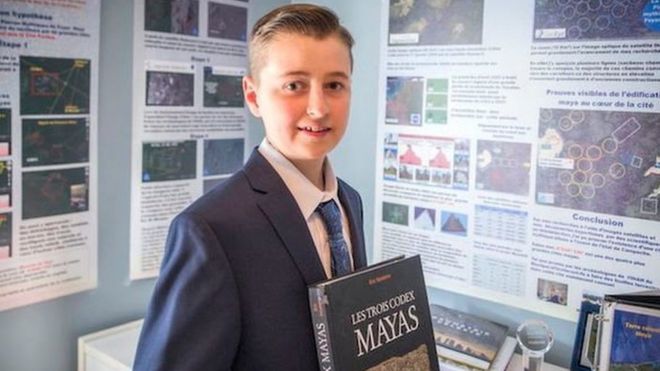



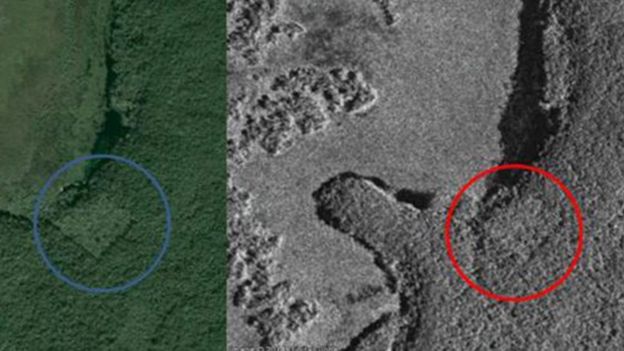




 ED is already looking at Christian Michel's companies in India and Dubai. The Panama angle is the latest addition to the agency's probe into money laundering in the Agusta deal.
ED is already looking at Christian Michel's companies in India and Dubai. The Panama angle is the latest addition to the agency's probe into money laundering in the Agusta deal.








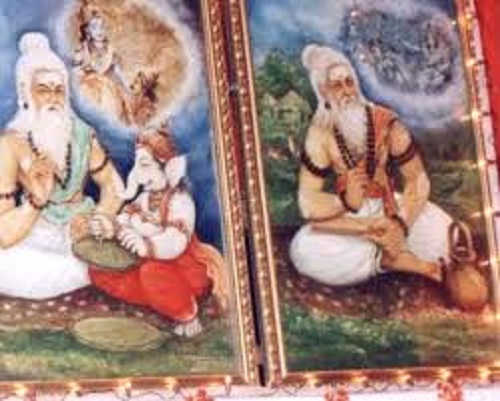 Vyasa and Valmiki
Vyasa and Valmiki
 DeshGujarat
DeshGujarat 













.png)
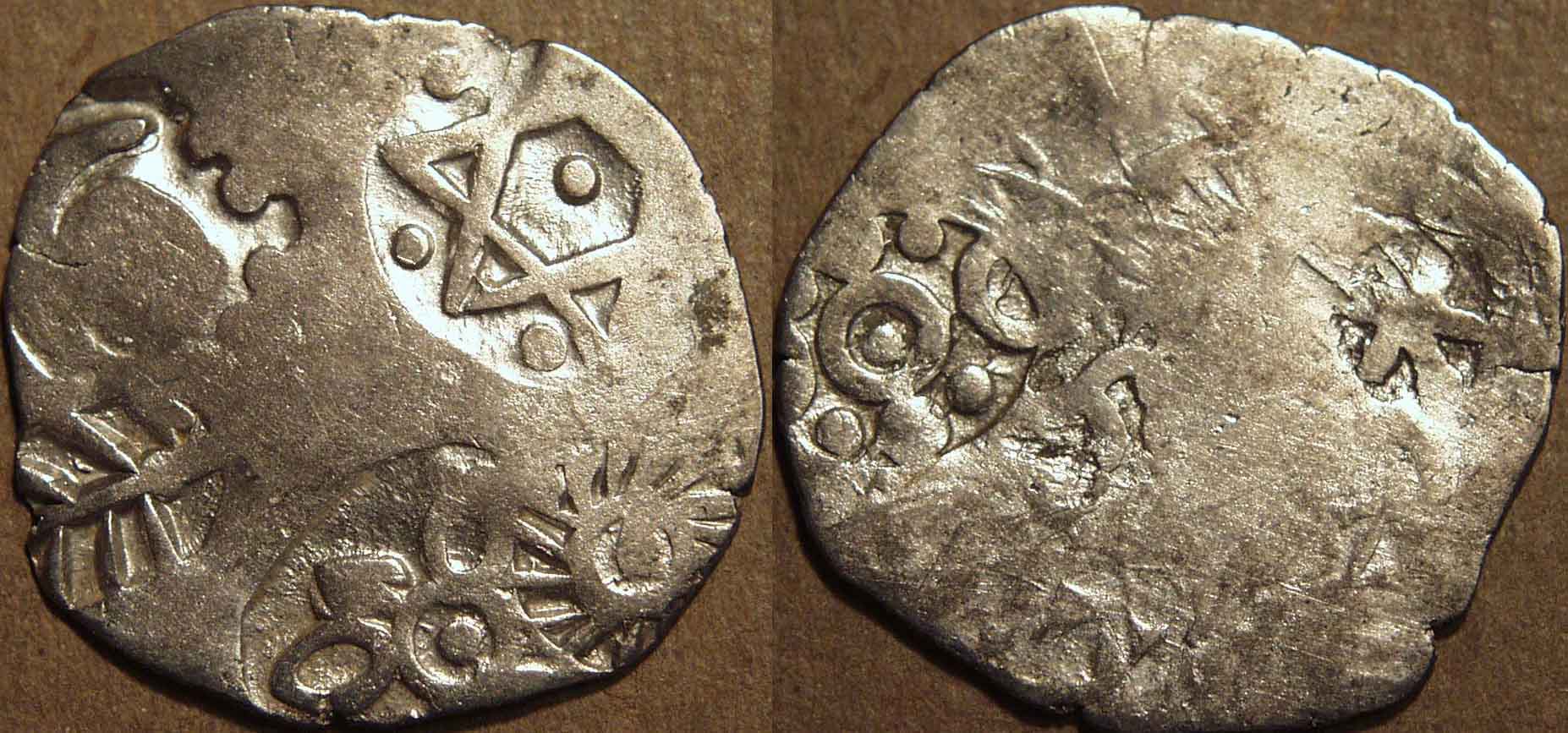

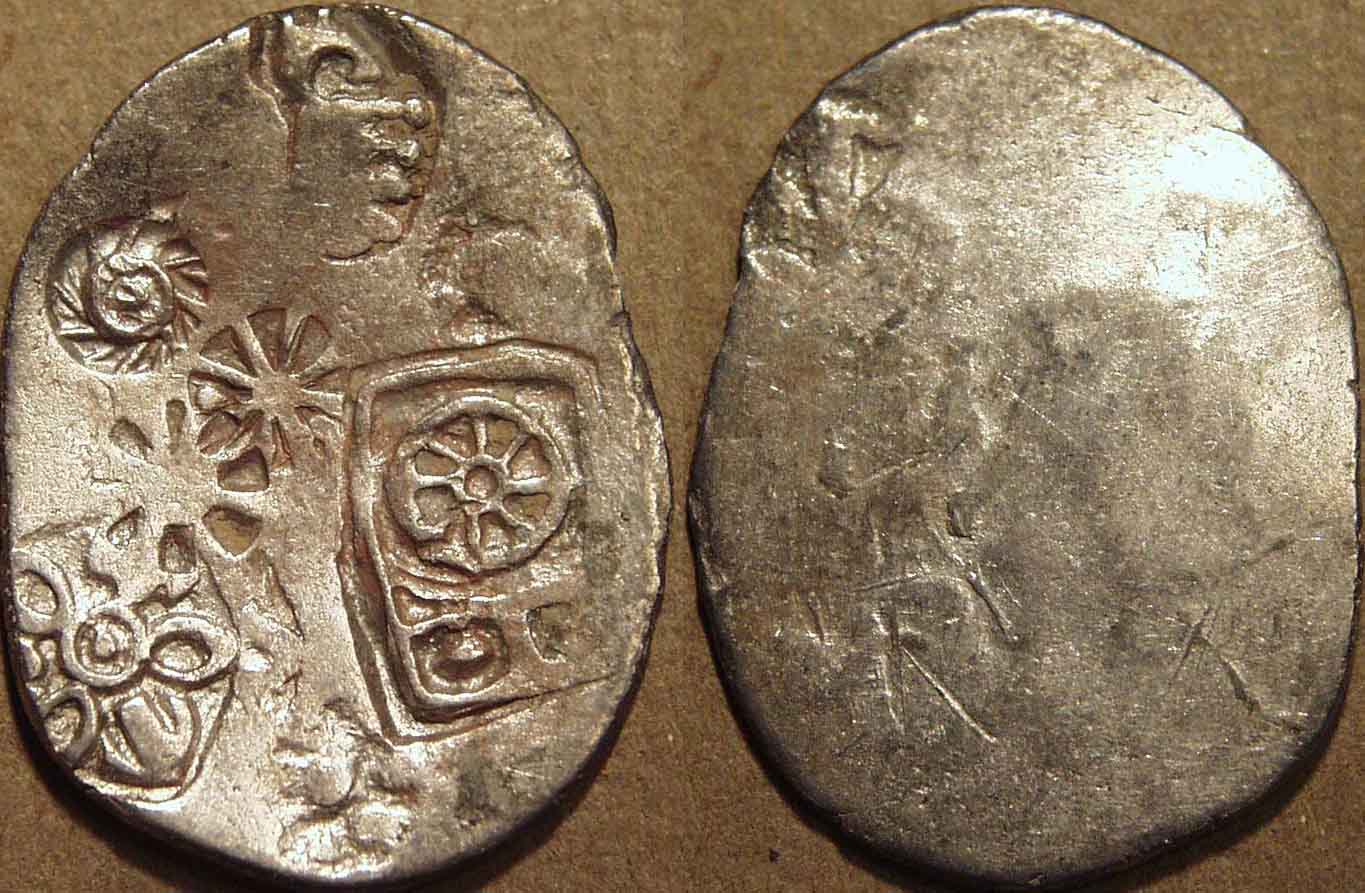












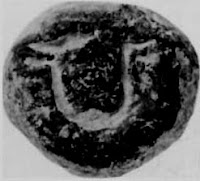 Daimabad Seal 1 (Sign 342: Two hieroglyph components: jar with short-neck and rim-of-jar) -- distringuished from broad-mouthed rimless pot which is another Sign hieroglyph.
Daimabad Seal 1 (Sign 342: Two hieroglyph components: jar with short-neck and rim-of-jar) -- distringuished from broad-mouthed rimless pot which is another Sign hieroglyph.


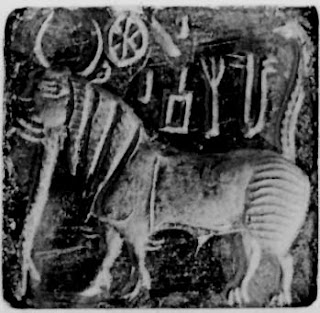


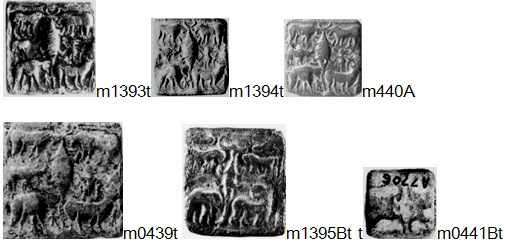















































 Figure 1. Map of Iran, with Jiroft, Konār Ṣandal, and sites of the 3rd millenium BCE with chlorite vessels.
Figure 1. Map of Iran, with Jiroft, Konār Ṣandal, and sites of the 3rd millenium BCE with chlorite vessels. Tepe Yahya/Jiroft frieze. Zebus and lions. A zebu gores a lion (the zebu seems to be then on the verge of domestication, Figure 7f.
Tepe Yahya/Jiroft frieze. Zebus and lions. A zebu gores a lion (the zebu seems to be then on the verge of domestication, Figure 7f. c. 2900 BCE. Khafajah. The best known of the chlorite bowls is from Khafajah; it is of Mesopotamian manufacture. •A man kneels upon the hindquarters of one of a pair of standing zebu bulls facing away from each other. In each hand he holds a stream of water which flows over the head and finishes in front of each bull. Plants grow from the right stream, plants grow behind the left bull, and a plant grows in front of each bull. Above the man are a rosette, a crescent and (possibly) a snake. Above the left stream is some sort of carnivore, perhaps a panther.
c. 2900 BCE. Khafajah. The best known of the chlorite bowls is from Khafajah; it is of Mesopotamian manufacture. •A man kneels upon the hindquarters of one of a pair of standing zebu bulls facing away from each other. In each hand he holds a stream of water which flows over the head and finishes in front of each bull. Plants grow from the right stream, plants grow behind the left bull, and a plant grows in front of each bull. Above the man are a rosette, a crescent and (possibly) a snake. Above the left stream is some sort of carnivore, perhaps a panther. 
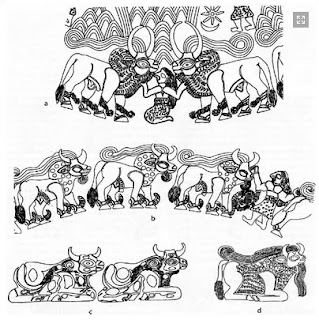







 m66a
m66a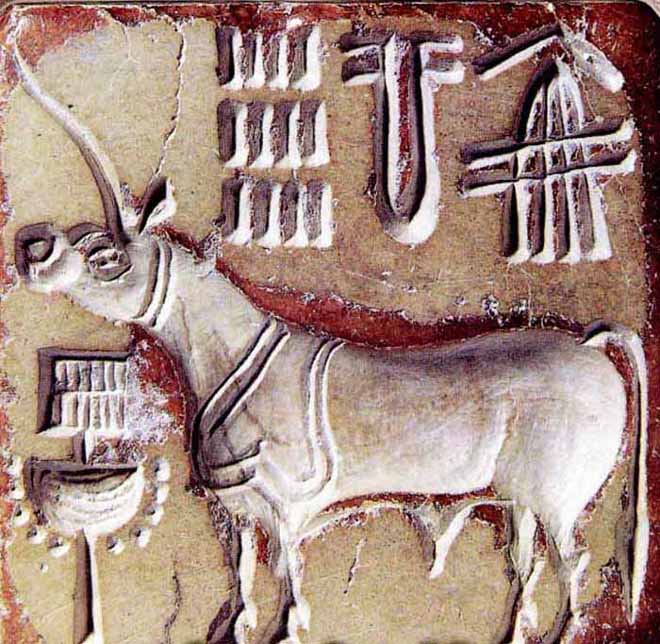 m18a
m18a












































Dr Swamy, NaMo and BJP are in a sweet spot and we are enjoying every moment of the IPL (Indian Parliamentary League) Onward to victory-aapkey muh main ghee shakkar!